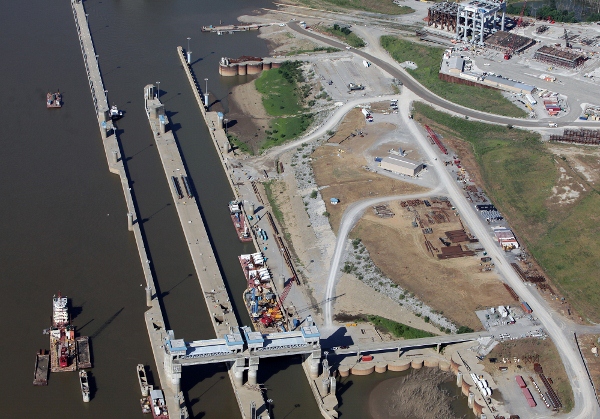Even though Federal borrowing can continue through February 7, since the Treasury Department can use so-called extraordinary measures beyond that date to pay bills and forestall default, the next time the debt ceiling would actually be reached might not occur until the spring, 2014.
The bill authorized the creation of a a House-Senate conference committee to try to work out an agreed-upon ten-year spending plan by reconciling separate budget documents passed by the House and Senate earlier this year. That committee has until December 13 to come up with a compromise plan, with one goal of that agreement being to avert another round of automatic cuts to the federal budget spending cap. From 2014 to 2021, federal spending caps are scheduled to be cut $109.3 billion in January of each year under a "Supercommittee" deal reached in 2012. But few in Congress wish to see those cuts (known as sequestration cuts) take place. Some members of the new budget conference committee are also interested in reaching a broader deal overhauling taxes and, potentially, health-care spending, although those goals have proven to be elusive and divisive in recent years.
Both the Senate and the House named budget conferees last night before adjourning.
 |
| Olmsted Locks and Dam in 2012 |
From a Mississippi River Basin perspective, the bill also includes a $2+ billion increase in the construction funding authorization for an Ohio River Army Corps of Engineers' project; an amendment reportedly engineered by Kentucky Republican Senator Mitch McConnell that adds funds to complete a river navigation structure known as the Olmsted locks and dam in Illinois and Kentucky. Specifically, the applicable Section 123 of the bill states, "Section 3(a)(6) of Public Law 100–676 is amended by striking both occurrences of "$775,000,000" and inserting in lieu thereof, "$2,918,000,000"." That language amends the language in the Water Resources Development Act ("WRDA") of 1988 that originally authorized Army Corps' spending for the project at the $775 million level.
The Olmsted Lock and Dam project is located on the Ohio River between Ohio and Kentucky, about 20 miles upriver from the confluence of the Mississippi and Ohio rivers. The project was originally authorized 25 years ago and at an estimated cost of $775 million. But the project has been beset by delays and cost overruns.
No comments:
Post a Comment